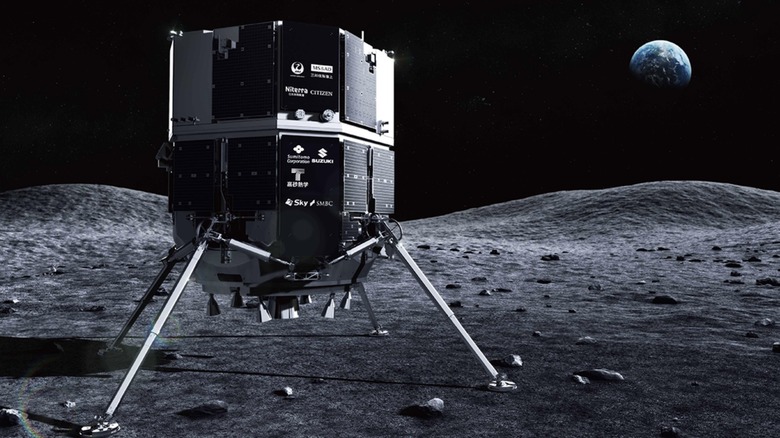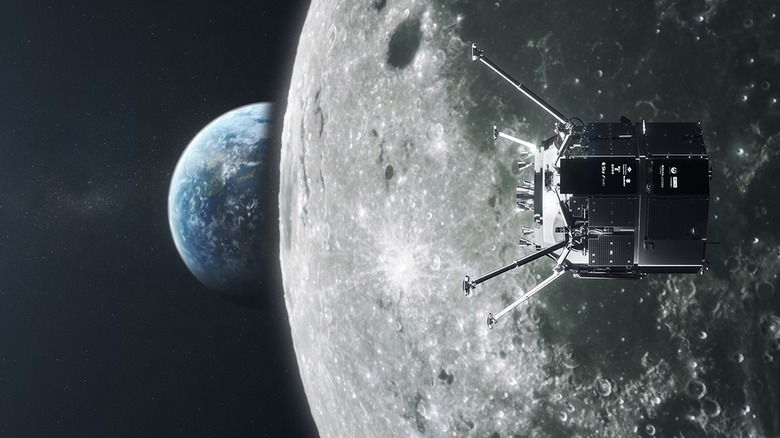Private Spacecraft To Achieve Historic Moon Landing: Here's How To Watch It Live
We have recently witnessed a significant uptick in the number of countries and organizations competing to launch new missions to the moon. Besides NASA — which is currently busy with its Artemis program — other space agencies from states like China and India have also been actively involved in lunar exploration. China's famous Chang'e missions and India's Chandrayaan missions are examples of recent major non-U.S. lunar exploration projects.
A common thread with most of these projects is that they are all government-backed projects with little to no private investment. An exception to this was Space X's dearMoon project which was originally scheduled for take-off in 2023. However, SpaceX isn't the only private company working on a moon mission. In December 2022, a private company from Japan — iSpace — launched what was then touted as the first private lander on the moon aboard SpaceX's Falcon 9 rocket.
Five months after its launch, the lander— known as the Hakuto-R — is set to make its first landing attempt on the moon's surface. If things go to plan, the Hakuto-R will become the first private lander to make it. As of April 24, 2023, the Hakuto-R lander is orbiting the lunar surface, intending to make its landing attempt on Tuesday, April 25, 2023.
The event is being closely watched by space and astronomy enthusiasts around the world, and, if you happen to be one, you can watch the landing live starting at 11:00 a.m. EDT (15:00 GMT).
Hakuto-R Lunar Mission: Everything you need to know
After being launched in December 2022, the Hakuto-R lander has been orbiting the moon in a roughly circular orbit around 62 miles from the moon's surface. In this phase alone, the spacecraft shared several images of the moon, showing the lunar surface at close range. iSpace's Twitter account has been constantly sharing these incredible images on the platform for several weeks now — with the latest coming a few hours ago. During last week's hybrid solar eclipse, the lander also captured this image of the Earth as seen 60 miles above the lunar surface.
We've received another incredible photo from the camera onboard our Mission 1 lander!
Seen here is the lunar Earthrise during solar eclipse, captured by the lander-mounted camera at an altitude of about 100 km from the lunar surface. (1/2) pic.twitter.com/pNSI4lPnux
— ispace (@ispace_inc) April 24, 2023
As for the landing itself, the first steps are scheduled to begin starting at approximately 11:40 a.m. EDT, when the Hakuto-R will fire its primary propulsion system to decelerate from its current orbit. This would be done to reduce the rate of descent — thereby ensuring a safe landing. The company has already indicated that this initial phase alone is expected to take an hour. There are contingency plans in place as well. If something goes wrong, iSpace has devised three alternative landing sites.
This pilot Hakuto-R mission aims to collect data for future landings that iSpace has planned for the future. Interestingly, it also carries extra payload from several other agencies — including a Rashid rover made by the UAE's space agency, an AI system from Canadian company Mission Control, and a set of advanced imaging systems from Canadensys Aerospace, another Canadian company.

